Buy⚔️ as a gift and for collecting Afghan, Indian anti-chainmail knife Karud in Ukraine, city Kyiv
Dear Collectors and visitors of the Antique Gallery website, looking for a gift, especially Antique weapons, we present to your attention: Afghan, Indian anti-chainmail knife Karud in Ukraine, city Kyiv
Description Karud – an ancient knife with its own history and special design. The sheaths are made of wood and covered with leather, and the handles consist of two bone overlays attached with steel rivets to the tang. The weapon impresses with a harmonious construction and a unique blade shape. Karud has a special sharpening and guard, making it an excellent choice for collectors and connoisseurs of antique weapons.
This antique knife is a peculiar artifact discovery, testifying to the cultural aspects and craftsmanship of making such items. Thanks to its unique construction and processing, Karud impresses with its elegance and historical value.
Historical background:
Karud: As a rule, the sheaths of the Karud are made of wood and covered with leather. The sheath of this Karud has an expanding mouth into which the knife guard fits.
The handle consists of two wooden overlays attached to the tang with steel rivets.
The front extension of the handle forms the guard. The blade of Karud has a characteristic construction: the bolster is much thicker than the blade.
All daggers of the Karud type have a single-sided sharpening with a pronounced dagger point. In India, Pakistan, Afghanistan, Persia, and Central Asian countries, there is another armor-piercing dagger known as Karud. It has a T-shaped cross-section blade and a larger overall length than the Pesh-Kabza, 30-50 cm compared to 25-40 cm. Afghanistan is considered the homeland of Karud.

The handles of most found daggers of this type have a straight silhouette and differ in bulkiness and strength. They are quite wide compared, for example, to handles of Chura daggers. Another characteristic structural feature of Karuds is the absence of an expanding “swallowtail” of the yataghan type on the handle: it has the same thickness along its entire length from the guard to the tang. However, there is still no complete clarity. For example, long Karuds with thin handles from Chura daggers or even with curved handles like Pesh-Kabzas have been found. This additionally confirms the position of those experts who consider Karud and Chura daggers not as independent types but only modifications of Pesh-Kabza.

Meanwhile, a fairly clear classification of knives has been developed depending on the handle material and artistic decoration of the sheaths. Thus, the closer to India, the more metal (steel, bulat, silver, etc.) in the handle construction. Ivory is widespread in India, Afghanistan, and Pakistan. In the African direction, for example, in Persia and Central Asia (Syria, Iran, Arabian Peninsula), rhinoceros horn is more common. It is also used in India, Afghanistan, and partially in the mountainous regions of Pakistan. Blades produced in Persia are decorated with gold inlay or fine floral and animal ornaments. Bone handles are carved with stylized Arabic inscriptions, military or household scenes, and leather sheaths are decorated with embossed ornamentation.
Photo Review:

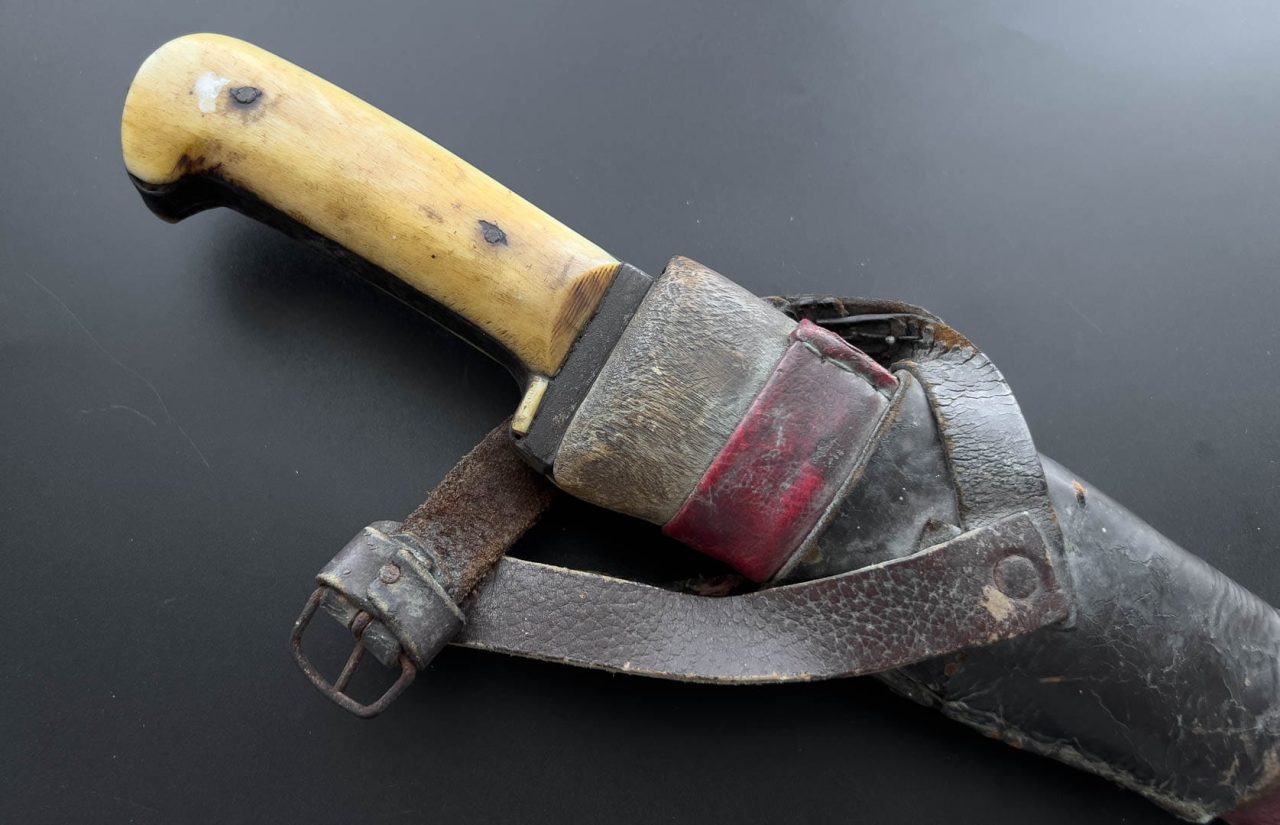


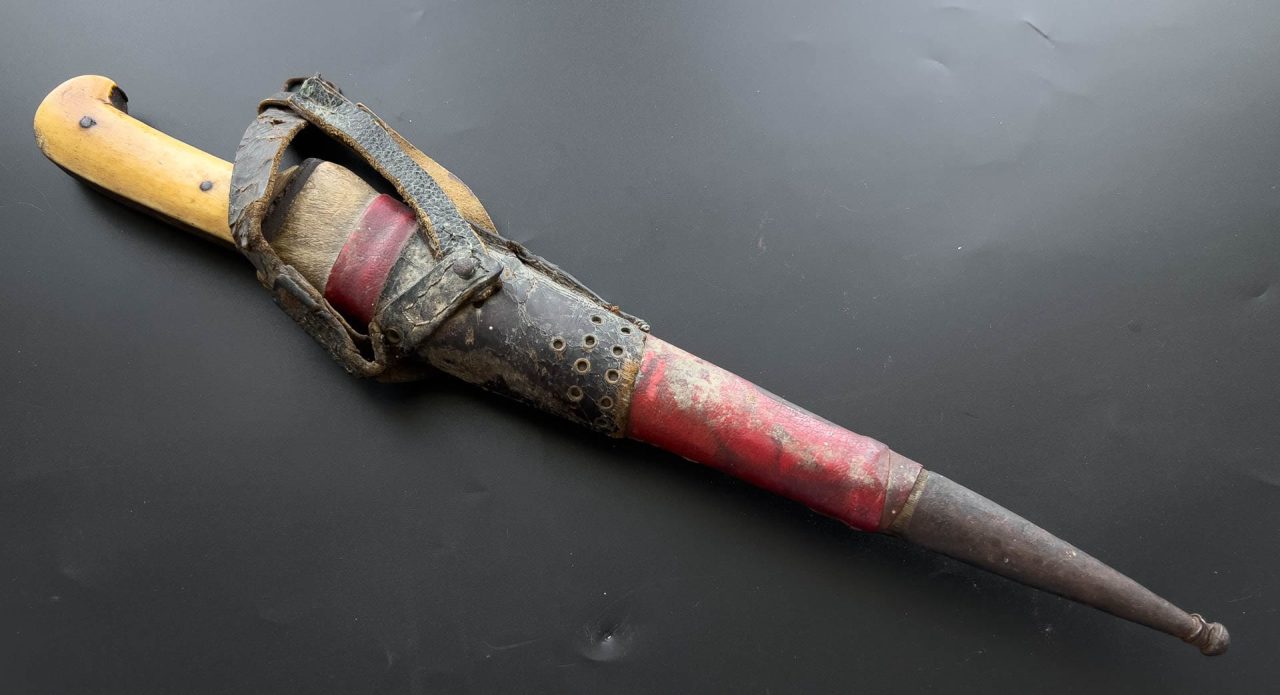


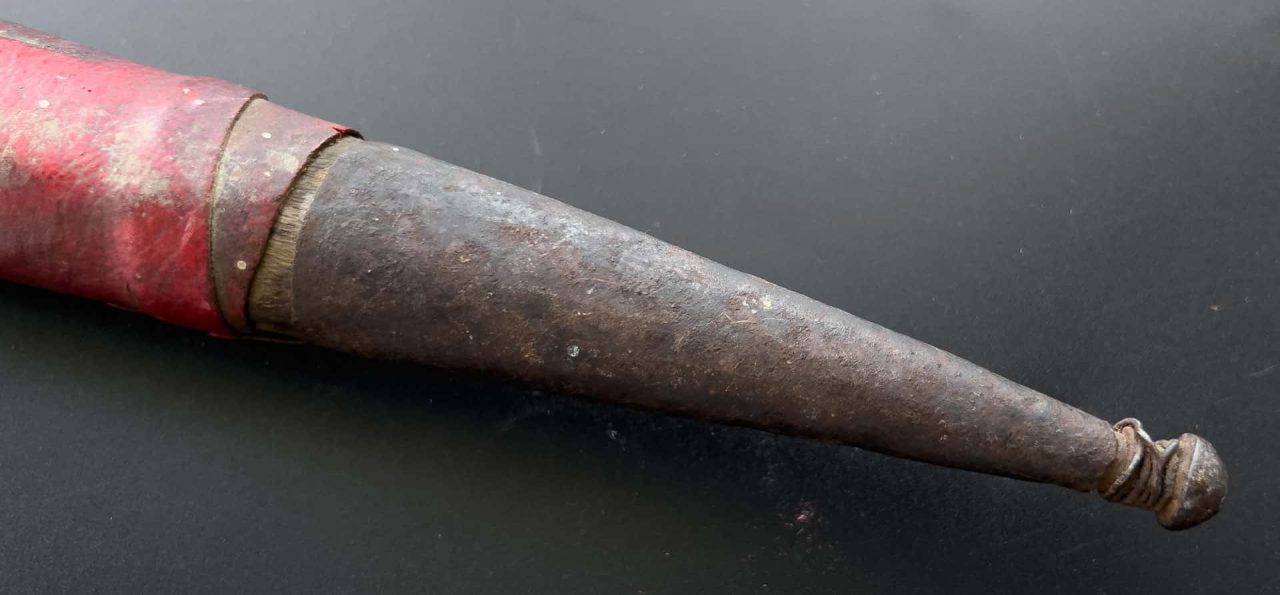


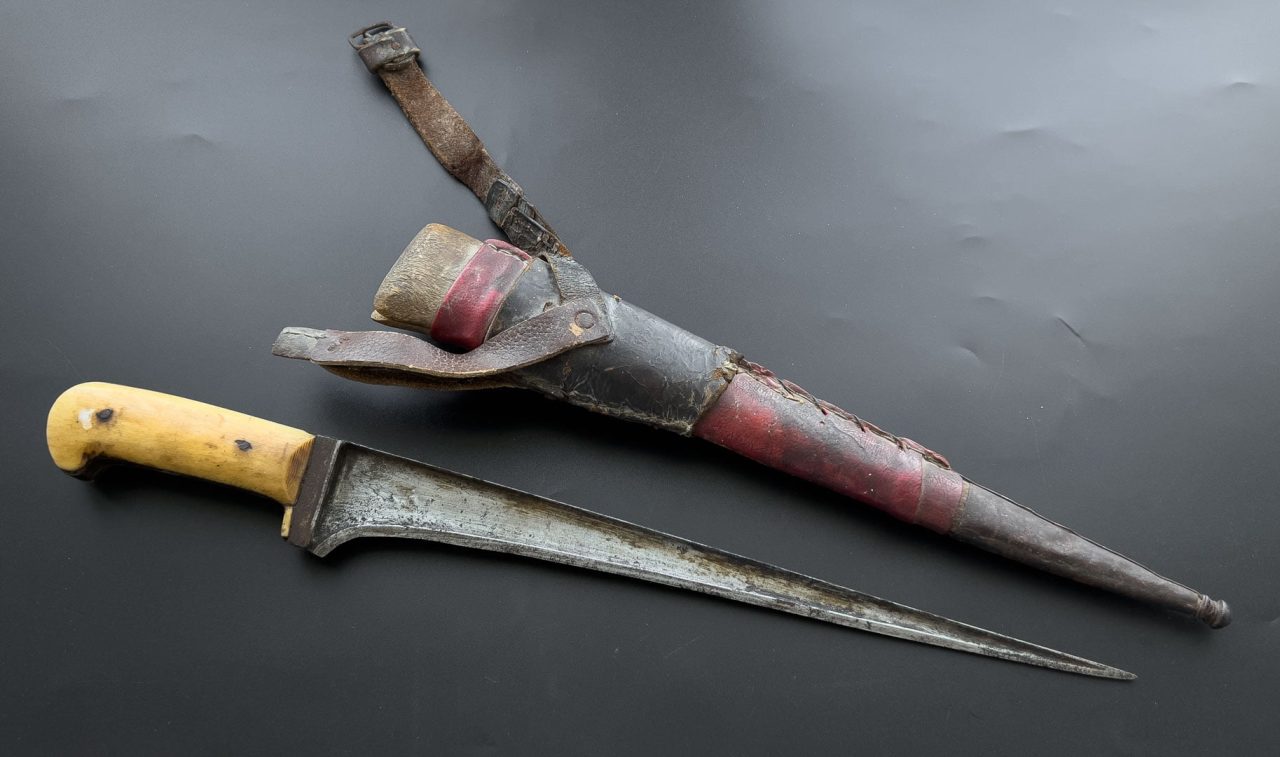
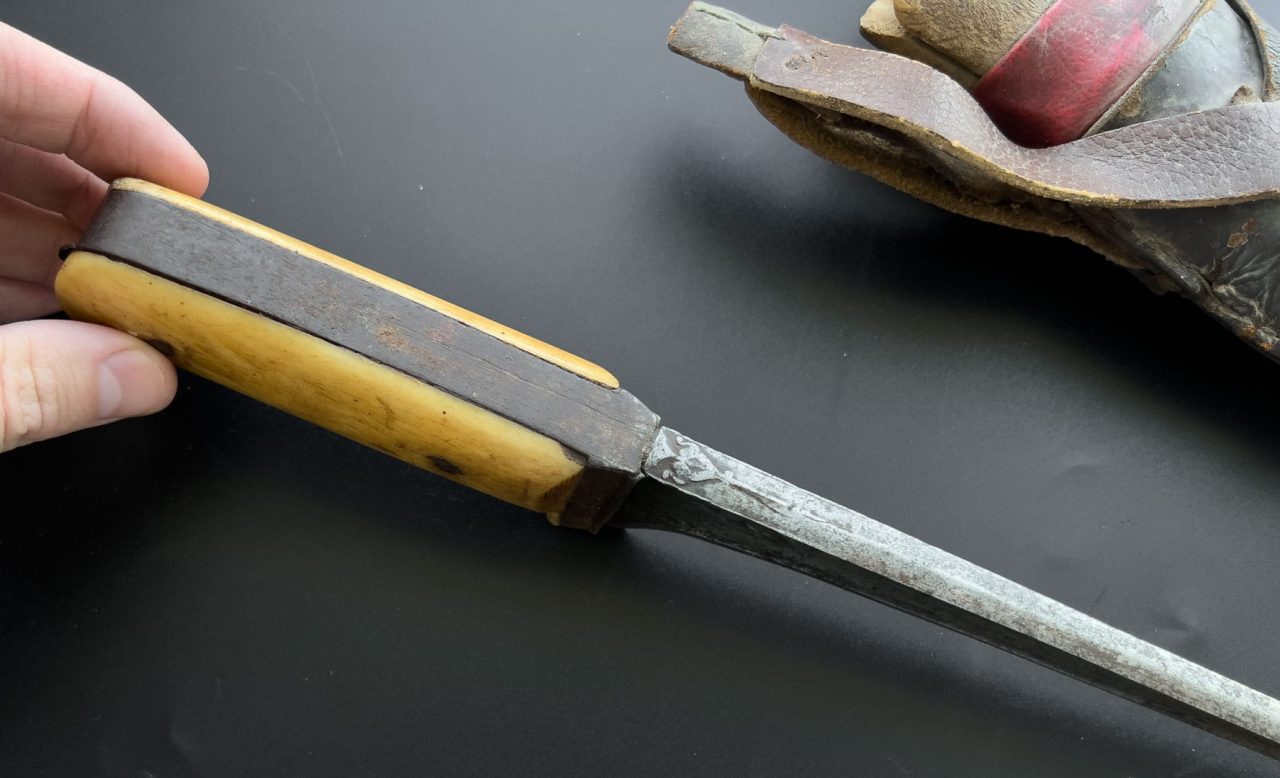



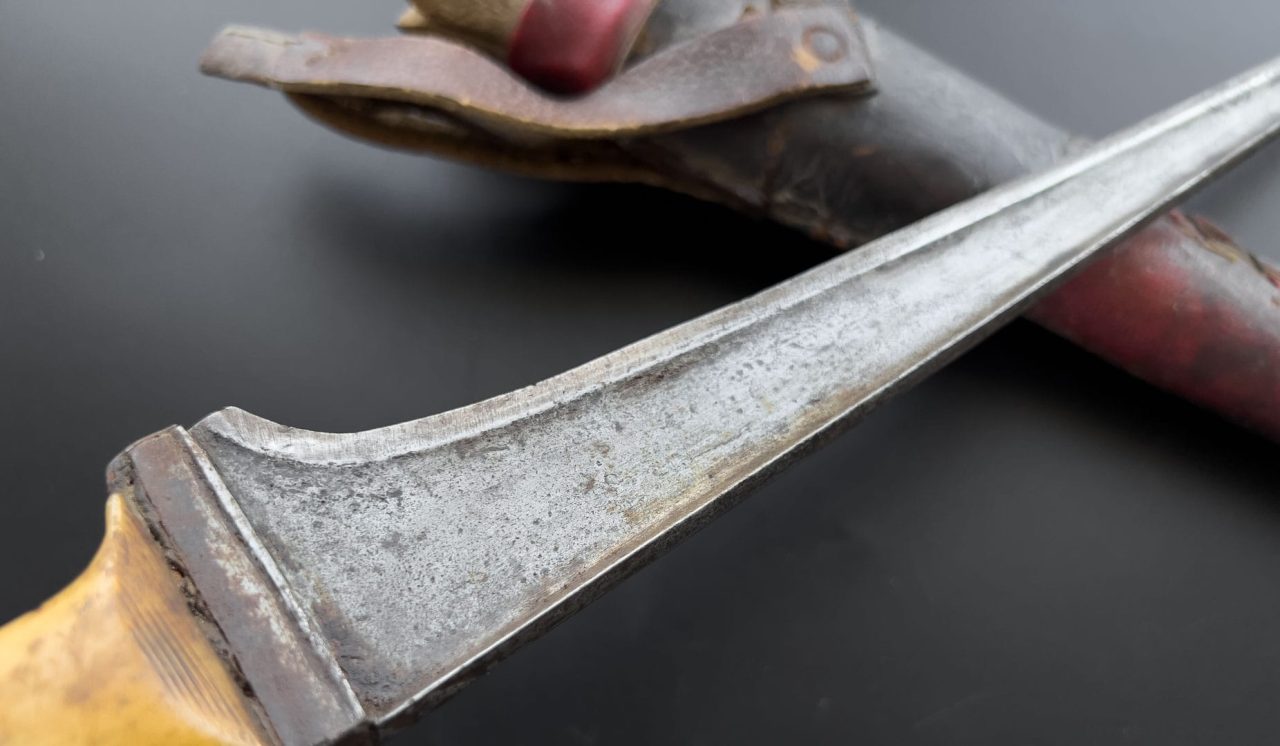

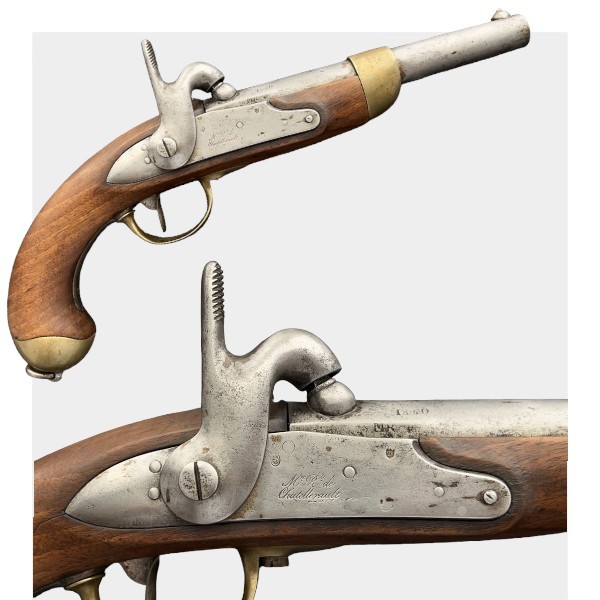

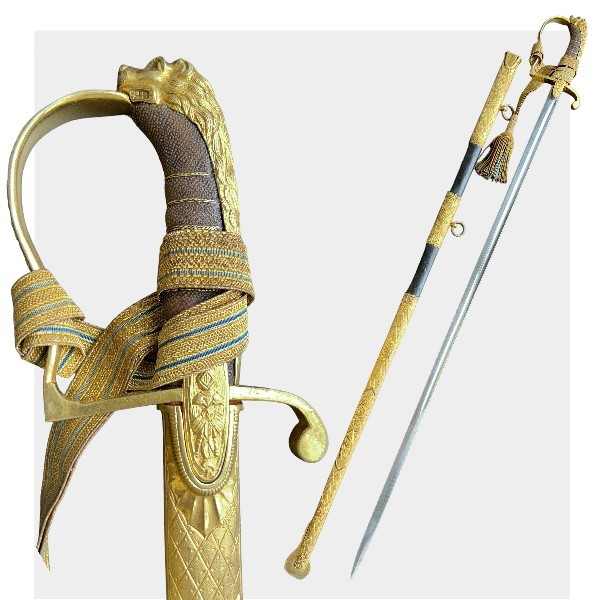
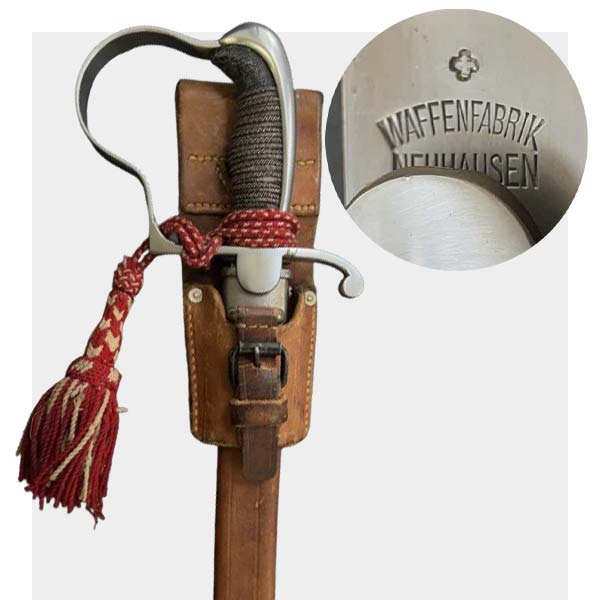

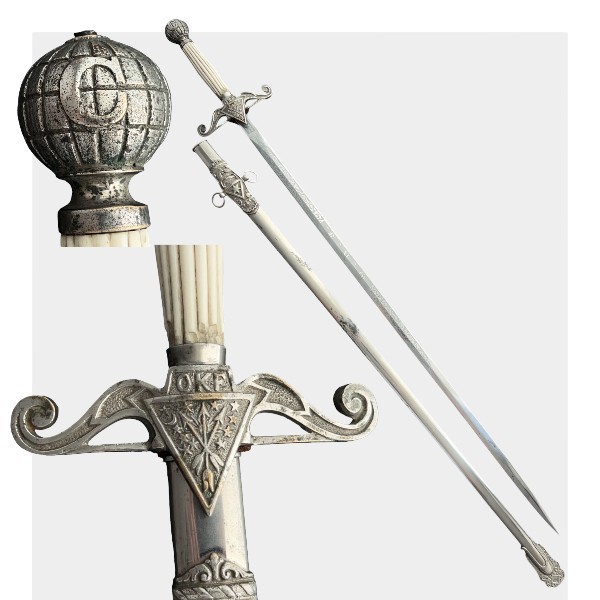
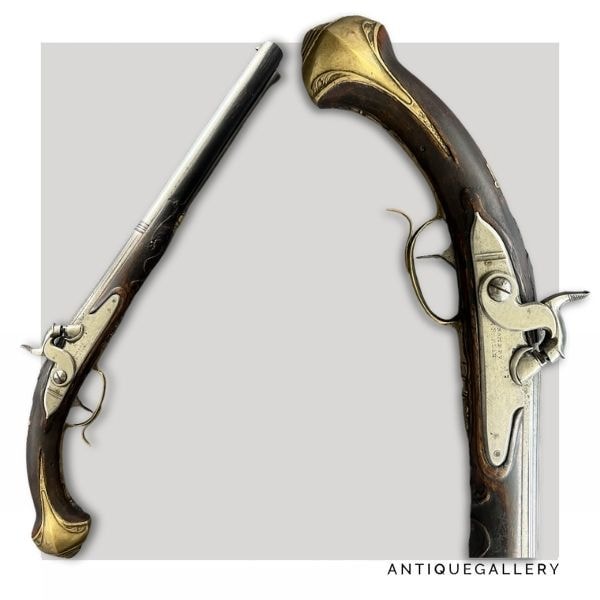
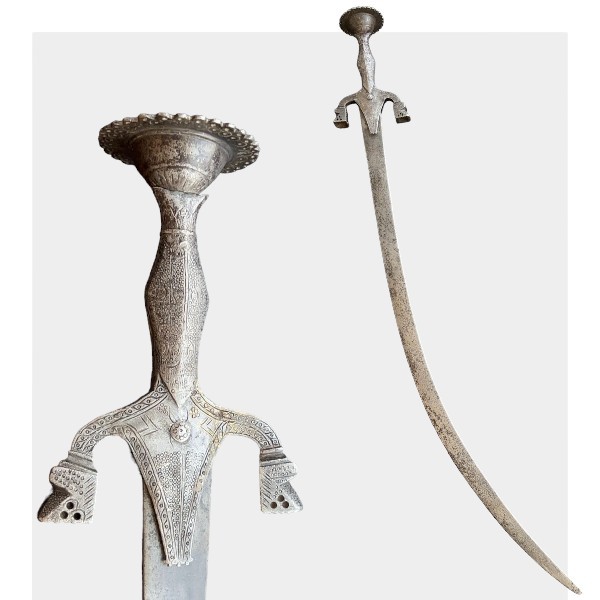
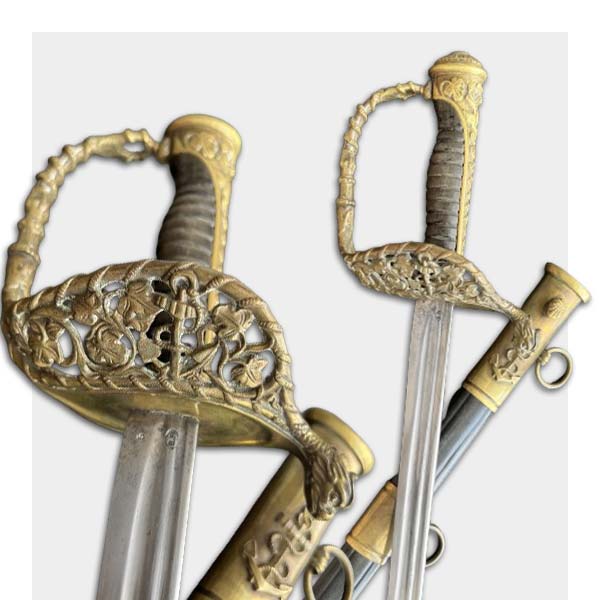

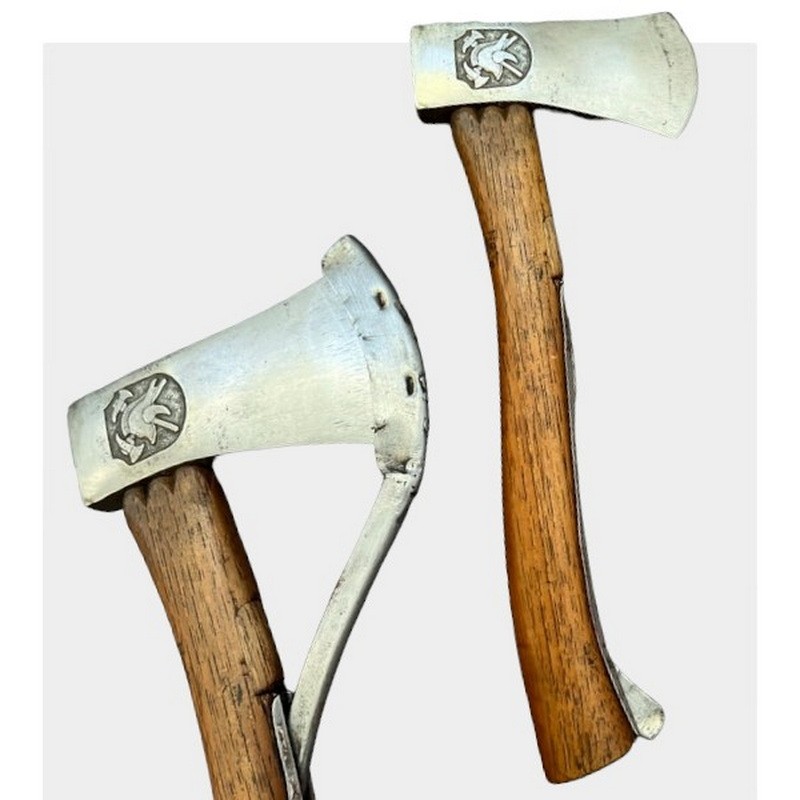

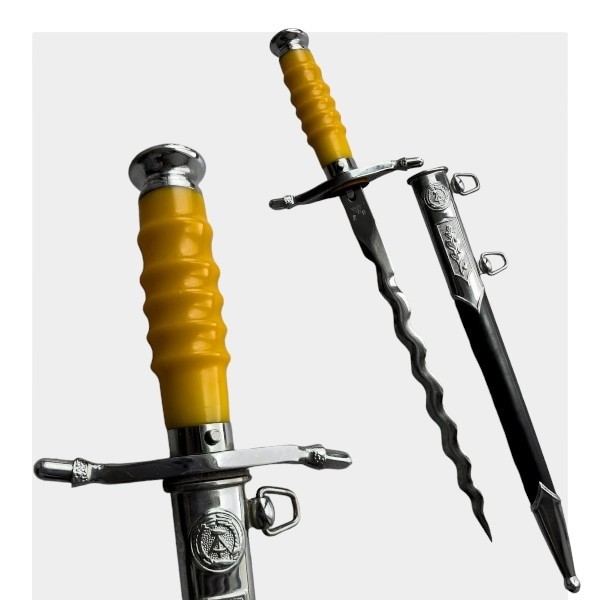

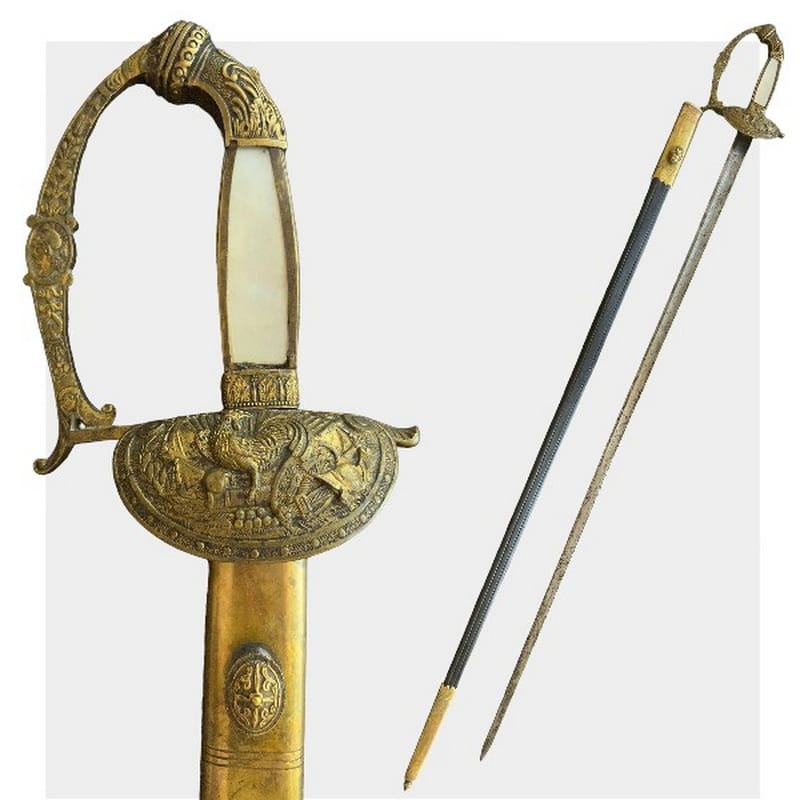
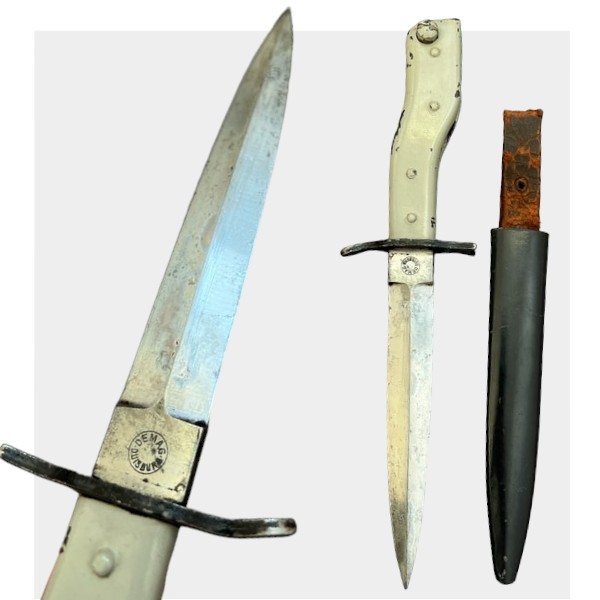




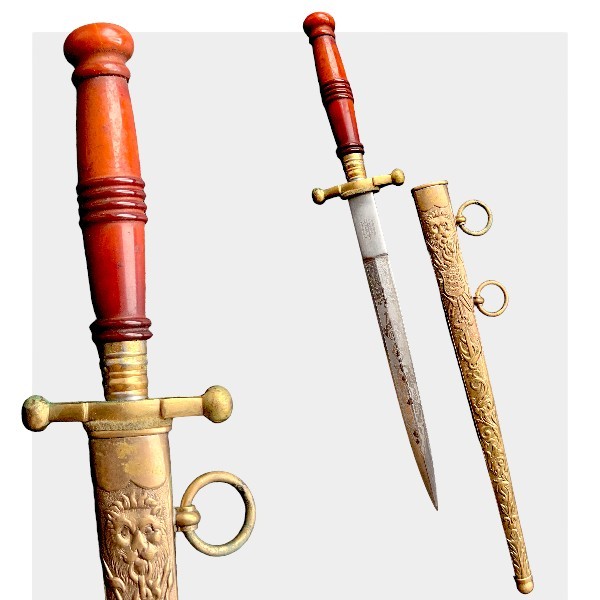

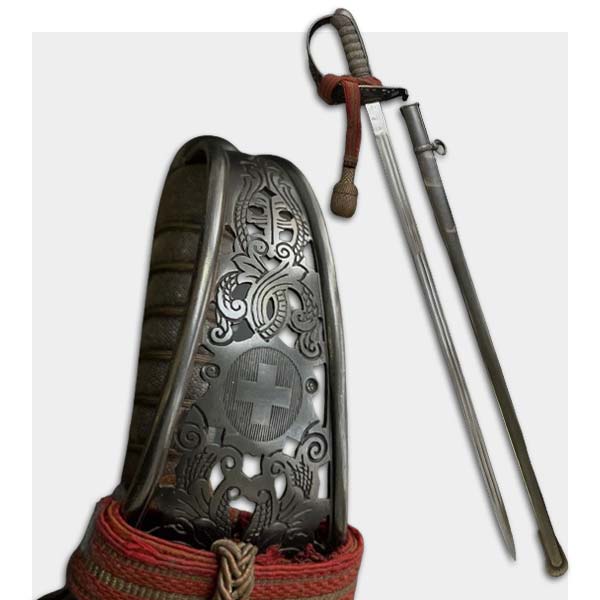






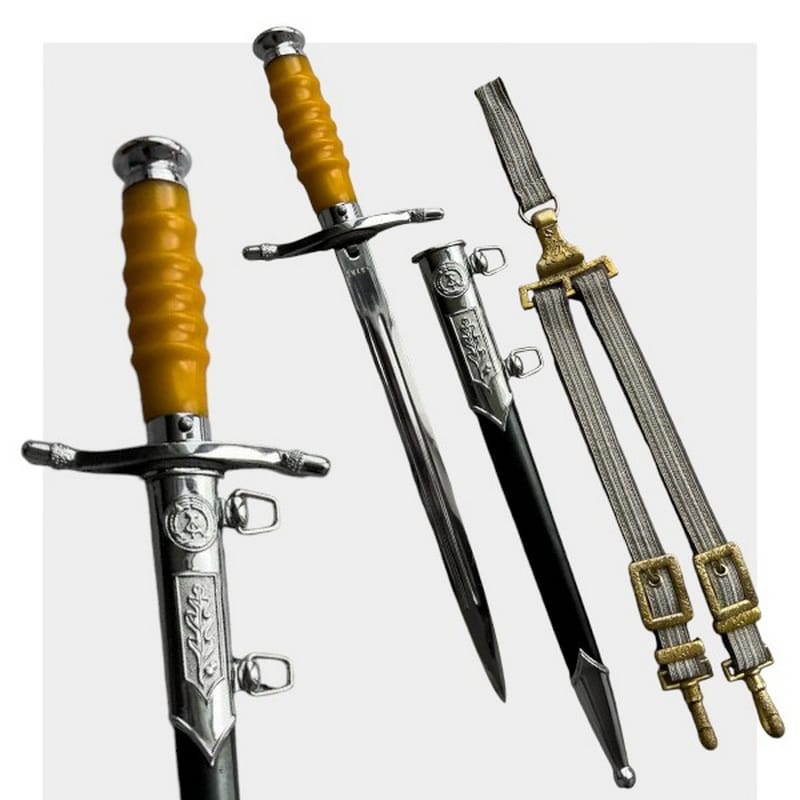
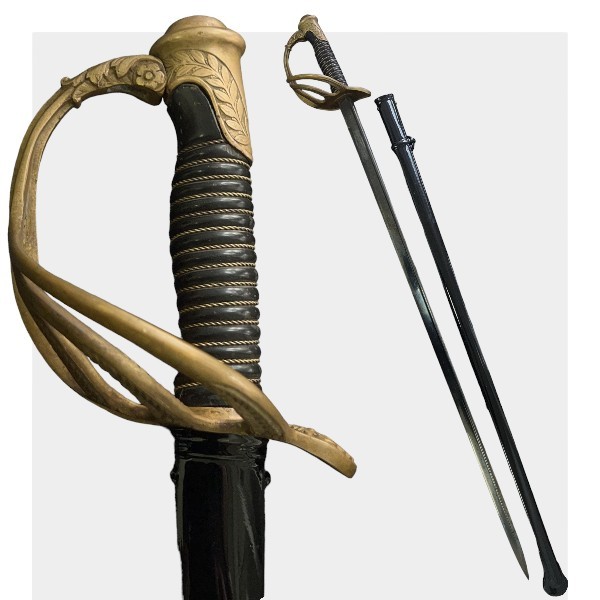
There are no reviews yet.